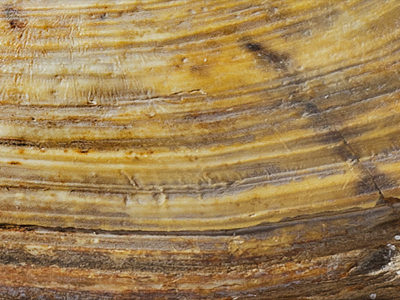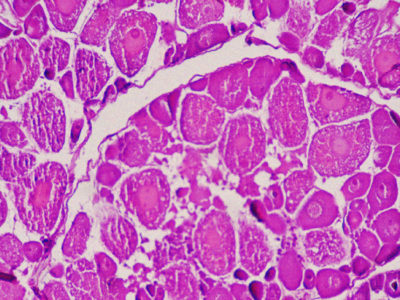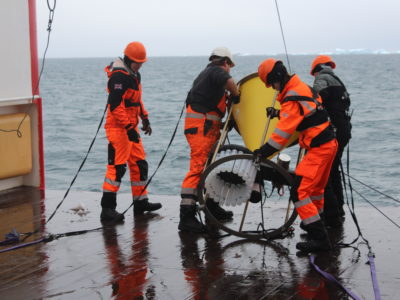Research projects
Filter:
Filtered:
See also Science teams or Ecology & biodiversity
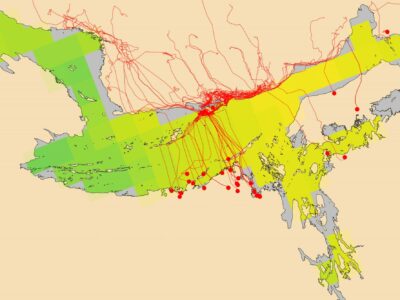
AI for smart conservation
In the AI for smart conservation project, BAS are collaborating with local ecologists and conservation agencies to develop decision-making tools informed by sea ice forecasts. By combining satellite observations, GPS …
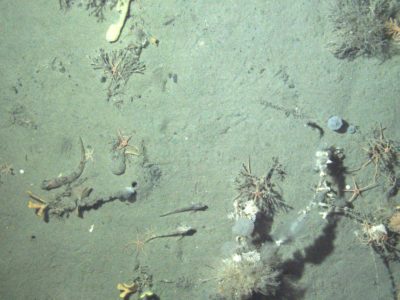
ASCCC
The ASCCC Project has been funded by ACE (Antarctic Circumnavigation Expedition) to investigate, quantify and understand the role of polar and subpolar seabeds in the carbon cycle, particularly in response …
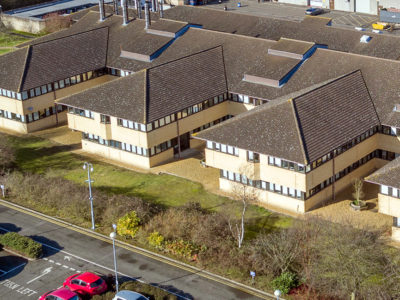
Biodiversity at BAS Cambridge
Biodiversity@BAS is an initiative formed by BAS staff. Adopting current NERC Biodiversity policy and working closely with BAS Estates and Environment Office teams, its goal is to assist with the …
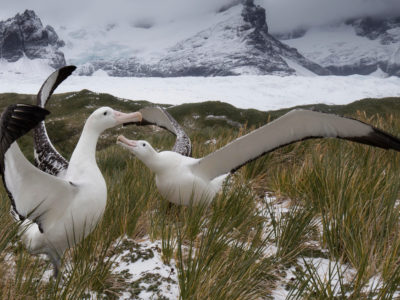
Bycatch risk of wandering albatrosses from radar detection
Wandering albatrosses are threatened by bycatch. Populations at South Georgia have declined catastrophically since the 1960s due to incidental mortality (bycatch) in fisheries (Pardo et al. 2017) [1]. This led …
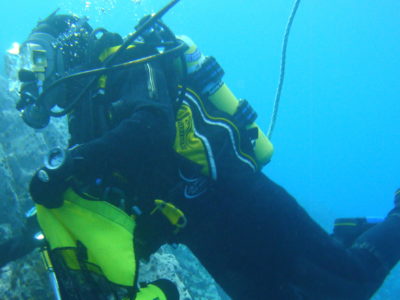
Changing biodiversity
Baseline study to monitor how marine biodiversity will respond to climate change
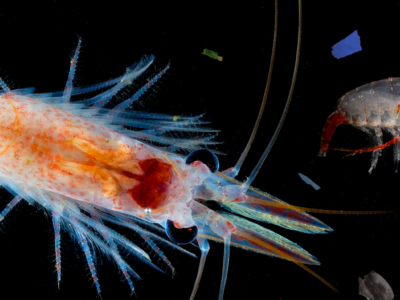
CUPIDO
CUPIDO aims to address: what is the role of zooplankton in promoting the transport of plastic in the ocean?
and how this plastic transport interferes with zooplankton’s ability to store carbon in the deep ocean?
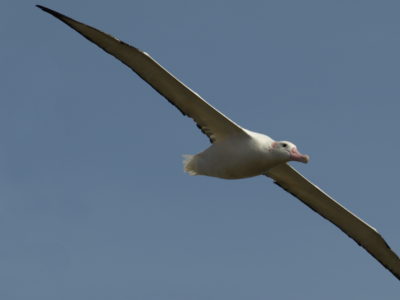
Higher Predators – Long-Term Science
The British Antarctic Survey carries out Long Term Science that measures changes in Antarctic ecosystems and seeks to understand the underlying drivers and processes. Marine predators are sensitive to changes …
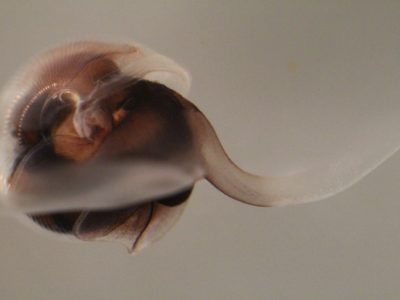
Impacts of Ocean Acidification on Sea-Surface
In order to assess the impact of anthropogenic carbon dioxide (CO2) on the oceans today we are investigating the effect of decreasing upper ocean pH on calcifying zooplankton. Pteropods, …
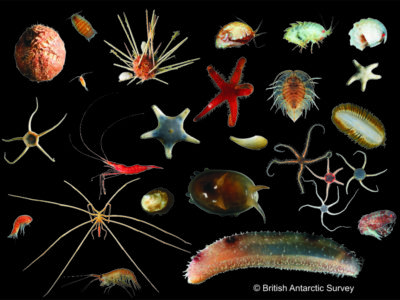
Larsen-C Benthos
On 12 July 2017, the Larsen-C Ice Shelf calved one of the largest iceberg originating from the Antarctic Peninsula ever recorded. As iceberg A68 moves north, it leaves behind an …
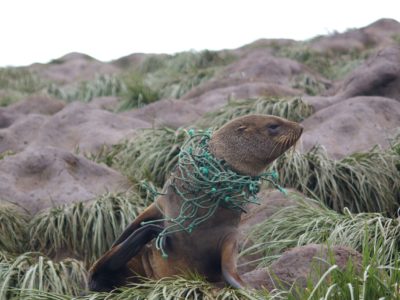
Long term monitoring of plastics
This long-term study monitors the impact of marine plastics and other debris on breeding seabirds at Bird Island. Researchers have monitored the levels of marine plastics and other material from …
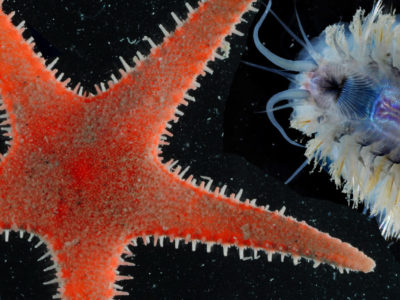
SO-AntEco
The South Orkney Islands is a small archipelago located in the Southern Ocean, 375 miles north-east of the tip of the Antarctic Peninsula. The seafloor around the South Orkney Islands …
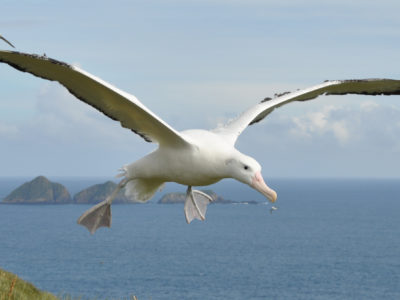
Spatial Segregation of Seabirds at South Georgia
Seabirds are amongst the most globally threatened birds, often as a consequence of incidental mortality (bycatch) in fisheries [1] [2]. At South Georgia, wandering albatrosses have declined since the 1970s [3], and are listed …
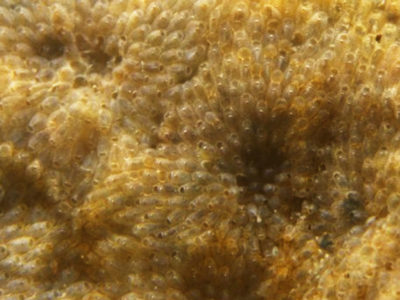
The Heated Settlement Panels
How will life and biodiversity on Earth will respond to climate change? This information is particularly urgent for the waters along the Antarctic Peninsula, which are experiencing rapid regional climate …
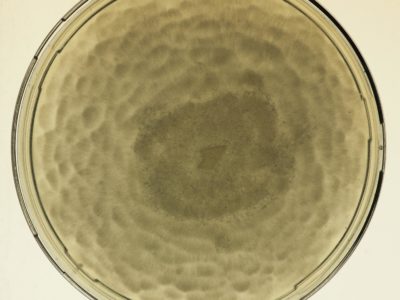
Using an Antarctic fungus as a wintertime biopesticide
Can a fungus from an Antarctic soil be used to control weevil larvae causing damage to UK soft fruits and forestry? The larvae of weevils, which overwinter in soil and …
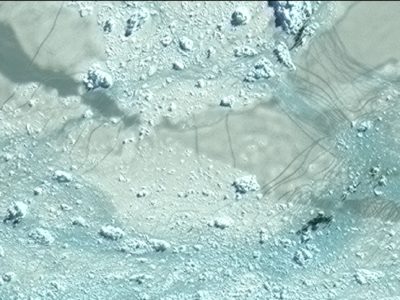
Wildlife from Space
Many populations of wildlife are remote, inaccessible or difficult to monitor. The advent of sub-metre, Very-High-Resolution (VHR) satellite imagery may enable us study these animals in a much more efficient …
